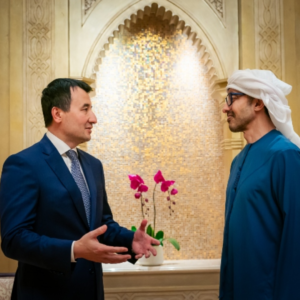Saudi Vision 2030 stands as a transformative blueprint, charting the course for Saudi Arabia’s evolution into a diversified and dynamic economy. Analyzing its pillars and mega projects provides insight into the ambitious vision set by Crown Prince Mohammed bin Salman to position the Kingdom as a global economic powerhouse.
One of the foundational pillars of Saudi Vision 2030 is economic diversification. Historically dependent on oil, the Kingdom aims to reduce its reliance on this finite resource by investing in various sectors. Initiatives like the National Industrial Development and Logistics Program (NIDLP) and the Privatization Program exemplify the commitment to fostering a more balanced and sustainable economy.
A crucial aspect of the vision is the emphasis on human capital development. Through initiatives such as the Quality of Life Program and the Human Capability Development Program, Saudi Arabia aims to empower its citizens with the skills and opportunities needed for a thriving future. The focus on education, healthcare, and entertainment reflects a holistic approach to enhancing the well-being of the population.
Another key pillar involves boosting the private sector’s role in the economy. The Privatization Program and the Saudi Arabian General Investment Authority (SAGIA) play pivotal roles in attracting local and foreign investments, fostering entrepreneurship, and creating a business-friendly environment. This shift towards a more vibrant private sector is fundamental to achieving sustainable economic growth.
Mega projects, such as NEOM and the Red Sea Project, exemplify the Kingdom’s commitment to innovation and global competitiveness. NEOM, a futuristic city, and the Red Sea Project, a luxury tourism destination, showcase Saudi Arabia’s ambition to become a global player in technology, tourism, and various industries beyond oil.
In addition to economic goals, Vision 2030 prioritizes environmental sustainability. The circular carbon economy initiative and the Saudi Green Initiative highlight the commitment to addressing climate change and promoting sustainable practices. These environmental endeavors align with global efforts and position Saudi Arabia as a responsible participant in the international community.
As Saudi Vision 2030 progresses, it faces challenges and opportunities. The ongoing efforts to diversify the economy, empower the workforce, and engage with the global community require strategic planning and continuous adaptation. By analyzing the pillars and mega projects, it becomes evident that Saudi Arabia is not only envisioning but actively working towards a future characterized by economic resilience, social development, and global leadership.








